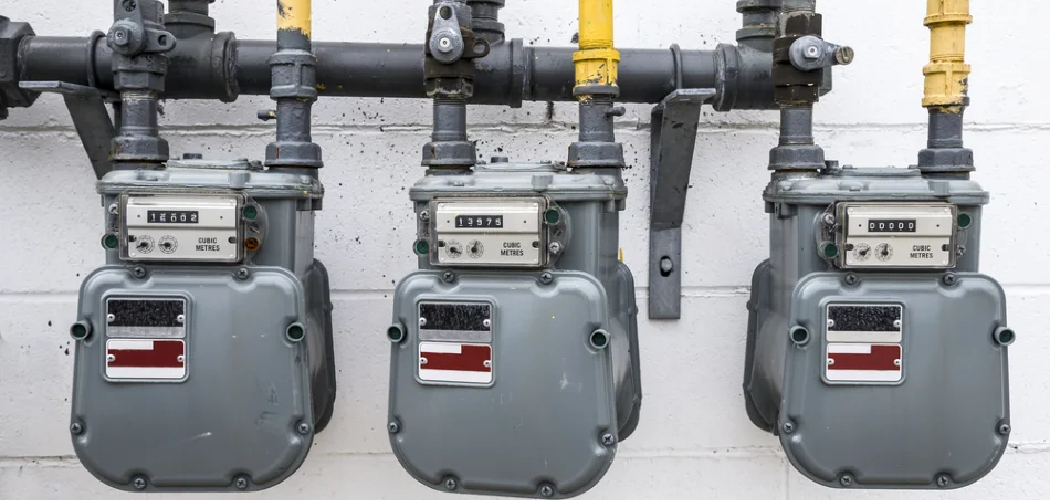Are you planning to install a gas line in your home? Are you looking for ways to size a gas line? If so, then you’ve come to the right place. Whether for a new appliance or as part of some other project, sizing the proper gas line is essential for safety. Fortunately, determining what size pipe applies to your situation doesn’t need to be complicated – all you need is an understanding of the requirements and available options.
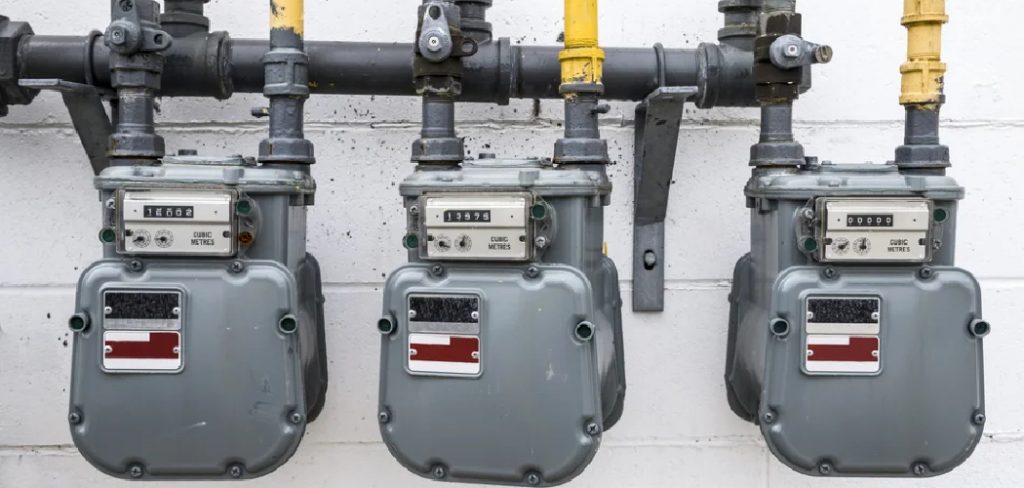
We’ll walk you through all the steps necessary to determine the appropriate size for your gas line and help ensure proper safety precautions are taken along the way. With our step-by-step guide on how to size a gas line, anyone can successfully install their gas lines in no time. Read on and equip yourself with essential knowledge about sizing a gas line!
Necessary Items
Before you start sizing your gas line, ensure you have all the necessary items. These include:
- Gas pipe (preferably corrugated stainless steel tubing or CSST)
- Pipe cutter
- Teflon tape or pipe joint compound
- Wrench for tightening fittings
- Pressure regulator (if needed)
- Gas shutoff valve
10 Steps on How to Size a Gas Line
Step 1: Determine Your Gas Demand
Determining how much gas you need is the first step in sizing a gas line. This will depend on the appliances you plan to connect to the line and their individual BTU (British Thermal Unit) requirements. You can typically find this information in the owner’s manual or by doing a quick online search for your appliance model. Once you have determined the total BTU of all your appliances, add an extra 10% as a safety factor.
Step 2: Check Local Codes and Regulations
Before starting any gas line installation, it’s essential to familiarize yourself with local codes and regulations. These can vary from state to state or city to city, so be sure to research. Most codes will require a licensed professional to handle gas line installations, so ensure you have the necessary permits and approvals.
Step 3: Measure Distance and Gas Pressure
Next, measure the distance between your gas meter or source and the appliance location. This will help determine the pipe size required based on pressure loss over distance. You should also check the gas pressure at your meter or source, which can impact pipe sizing.
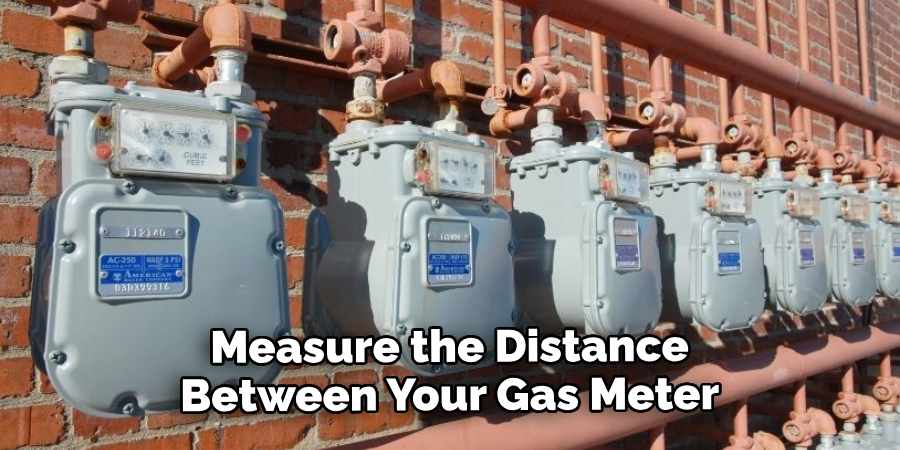
Step 4: Consult a Pipe Sizing Chart
Once you have all the necessary information, it’s time to consult a pipe sizing chart. These charts can be found online or provided by your local gas company. They will help you determine the appropriate size based on gas demand, distance, and pressure.
Step 5: Consider Pipe Material
Regarding gas line installation, there are different types of pipes available. The most common are black iron pipes, copper tubing, and corrugated stainless steel tubing (CSST). CSST is the easiest to work with of these options as it can be cut and bent with a simple cutter and doesn’t require complex fittings.
Step 6: Calculate Gas Velocity
Gas velocity is the speed at which gas flows through a pipe and is an essential factor to consider when sizing a gas line. Most codes recommend keeping the velocity below 60 feet per second, as higher velocities can cause excessive pressure drop and potential safety hazards.
Step 7: Select Appropriate Fittings
You must use fittings to ensure a secure and leak-free connection when connecting different pipe sections. These fittings come in various shapes and sizes, so choose the appropriate ones based on your pipe material and size.
Step 8: Install Pressure Regulator (if needed)
If the gas pressure at your meter or source is too high, you may need to install a pressure regulator. This device will help regulate the pressure and ensure it remains within safe levels for your appliances.
Step 9: Install Gas Shutoff Valve
Every gas line should have a shutoff valve installed at its source for safety purposes. This will allow you to turn off the gas supply during emergencies or maintenance quickly.
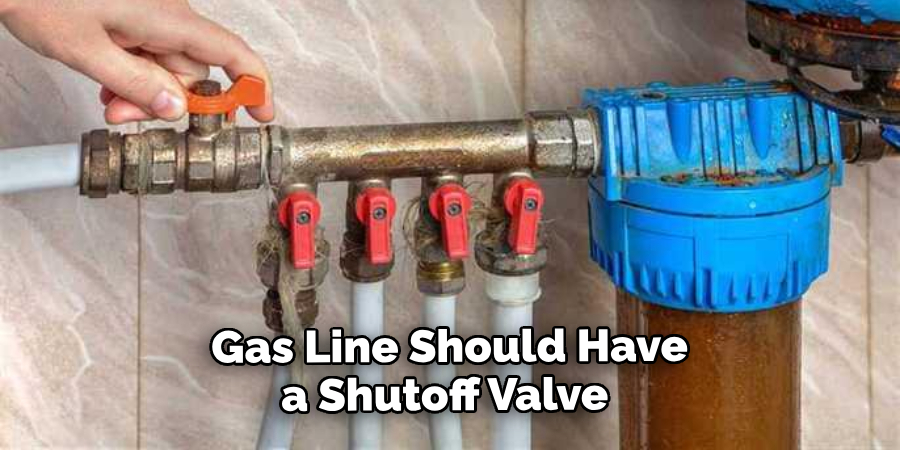
Step 10: Test for Leaks
Before using your gas line, it’s essential to test for leaks. You can do this by turning on the gas and spraying a mixture of soap and water onto all connections. If you see bubbles forming, you have a leak that must be addressed before use.
Installing a gas line may seem daunting, but it can be done safely and efficiently with the proper knowledge and tools. Always follow local codes and regulations, use appropriate materials and fittings, and test for leaks before using your new gas line.
8 Things to Avoid When Sizing a Gas Line
1. Skipping the Necessary Steps
Sizing a gas line requires careful consideration and planning. Skipping steps or not gathering all the necessary information can lead to incorrect pipe sizing and potential safety hazards. Follow all the steps necessary and consult a professional if needed.
2. Using the Wrong Type of Pipe
As mentioned before, different types of pipes are available for gas line installations. Choosing the right type is essential based on your specific situation and local codes. Using the wrong type of pipe can lead to leaks, pressure drops, and potential safety hazards.
3. Not Considering Gas Pressure
Gas pressure can significantly affect the performance of your gas line. Check the available pressure at your meter or source and consult a pipe sizing chart considering this. Ignoring gas pressure can result in an undersized or oversized pipe, leading to potential safety hazards.
4. Overlooking the Importance of Gas Velocity
Gas velocity is a crucial factor to consider when sizing a gas line. As mentioned before, high velocities can cause excessive pressure drops and potential safety hazards. Keep the velocity below 60 feet per second for optimal performance.
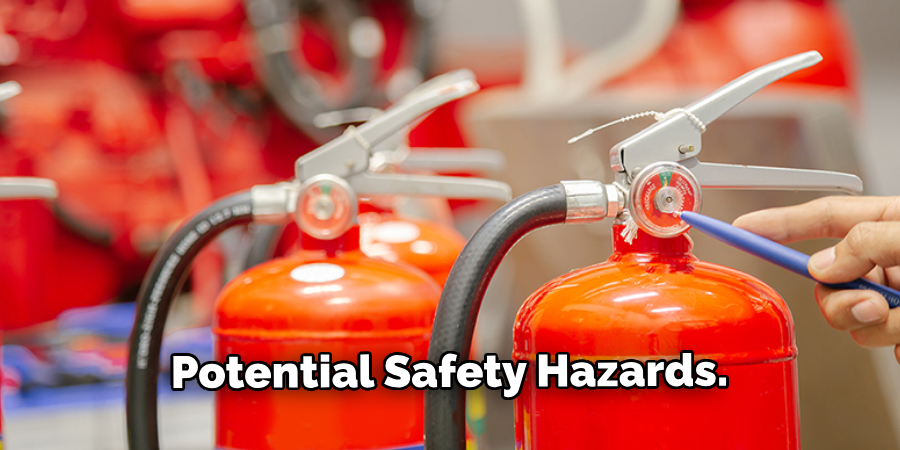
5. Choosing Incorrect Fittings
Using the wrong type or size of fittings can result in an insecure and leaky gas line. Make sure to choose fittings appropriate for your chosen pipe material and size. Consult a professional if needed to ensure a proper fit.
6. Not Taking Safety Precautions
Installing a gas line can be dangerous, so taking proper safety precautions is crucial. This includes wearing protective gear, following all instructions and codes, and having a professional handle complex or risky tasks.
7. Neglecting Regular Maintenance
Once your gas line is installed, it’s essential to perform regular maintenance checks to ensure its continued safety and functionality. This includes checking for leaks, inspecting fittings and connections, and replacing old or damaged parts.
8. Skipping the Leak Test
Testing for leaks is a critical step that should be taken. Even if you are confident in your installation skills, performing a leak test before using your gas line is essential. This will ensure no potential hazards and give you peace of mind when using your gas appliances.
Overall, sizing a gas line requires careful planning and consideration of various factors. It’s essential to follow all necessary steps, use appropriate materials and fittings, and test for leaks before using the gas line. You can install a safe and efficient gas line for your home or business by avoiding common mistakes and taking proper safety precautions.
Frequently Asked Question
Can I Install a Gas Line Myself?
In most cases, it’s best to hire a professional to install a gas line. This ensures that all safety protocols and local codes are followed, reducing the risk of potential hazards. However, if you have experience and knowledge about gas line installations and are confident in your abilities, you can install a gas line yourself.
What Type of Pipe Should I Use for my Gas Line?
The type of pipe you should use depends on several factors, including the available pressure at your source, local codes and regulations, and personal preference. The most common types of pipes used for gas lines are black iron, copper, and flexible stainless steel.
How Often Should I Check My Gas Line for Leaks?
It’s essential to perform regular maintenance checks on your gas line, including checking for leaks. It’s recommended to check for leaks at least once a year or more frequently if you notice any changes in performance or the smell of gas. Always perform a leak test before using the gas line, even if it has been checked recently.
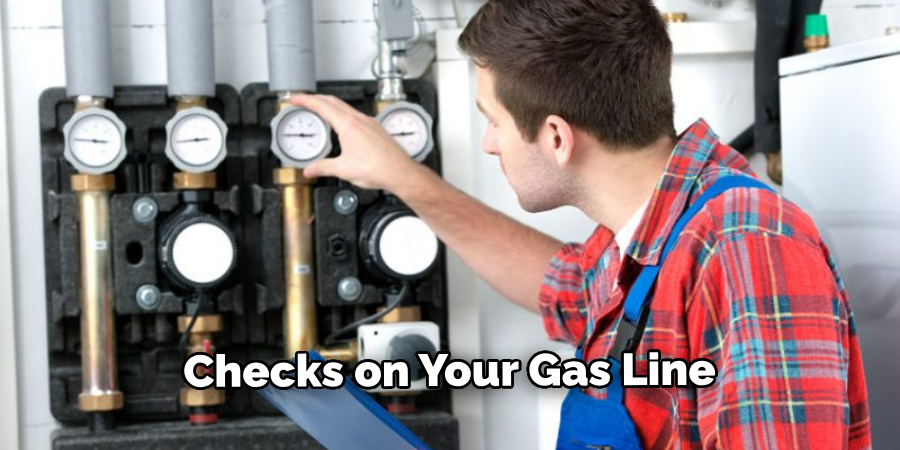
Can I Use PVC Pipe for my Gas Line?
No, PVC pipes should never be used for gas lines. It is not designed to handle the pressure and can easily crack or break, leading to potential safety hazards. Always consult local codes and use appropriate materials for gas line installations. Following all necessary steps and taking safety precautions when installing a gas line is essential.
Conclusion
Installing a gas line may seem daunting, but with the proper knowledge on how to size a gas line and tools, it can be done safely and efficiently. Always follow local codes and regulations, use appropriate materials and fittings, and test for leaks before using your new gas line. You can install a safe and efficient gas line for your home or business by avoiding common mistakes and taking proper safety precautions.
If you have any doubts or concerns, don’t hesitate to consult a professional for guidance. With the right approach, your gas line installation can be successful and provide reliable service for years. So, follow these tips and enjoy using your new gas line safely!

